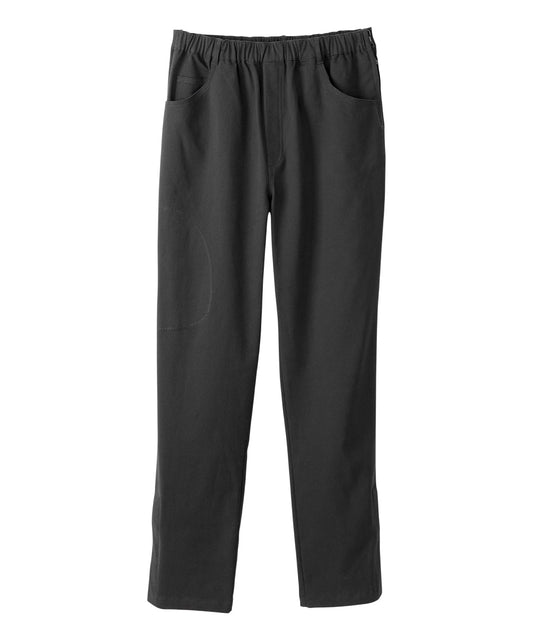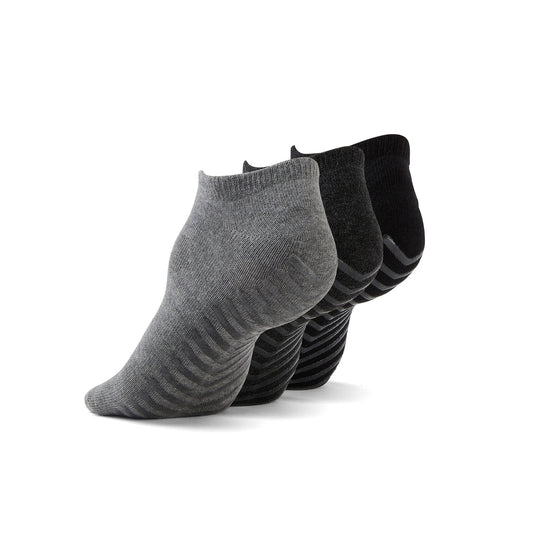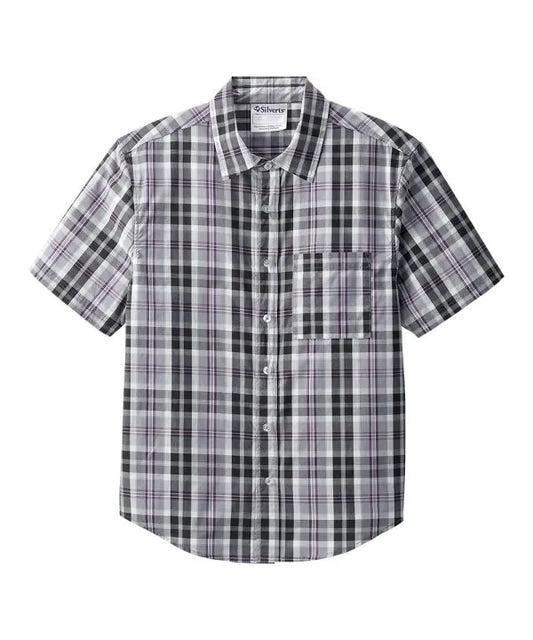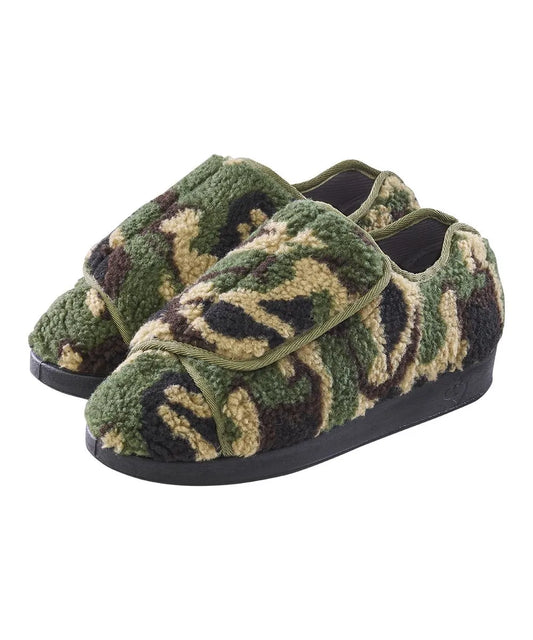Written by: Tanish Lad
Before the school year begins, children worldwide will be preparing for academic challenges, making friends, and creating their identity based on what they wear. For disabled children, the choice of clothing remains a factor of great frustration. Normal wear hardly ever caters to special needs. The result is discomfort, frustration, and a lower level of independence. Adaptive fashion is one of the solutions to integrate functionality, comfort, and style into clothing for different abilities. Adaptive clothing removed some barriers present because of clothing, which helps children to concentrate on learning and socializing, hassle-free. This blog discusses the crucial and allowed role of adaptive dress for children with disabilities in school: how it builds confidence, provides comfort in the classroom, what features parents should look for in the clothes, and how schools and brands encourage inclusivity in Adaptive fashion.
What Makes Adaptive Clothing Essential for Children with Disabilities at School?
Clothing designed without the needs of disabled children in mind may make simple things like dressing, sitting still for any length of time, or even doing any physical activities more difficult. Therefore, adaptive clothing makes these barriers negligible, and kids can embrace learning, play, or social interaction more comfortably. Besides, adaptive clothing would make for a gradual decrease of social barriers where kids with disabilities are not made prominent for being any inconvenience because of their clothes or constant assistance. Hence, the constructive aspects of adaptive clothing include ease of the following: dressing autonomously, reducing dependency on teachers as well as caregivers, and creating a spirit of independence.
However, there are minor adaptations, such as doing away with buttons and zippers and tight seams in clothes that, would have presented a hindrance to children with disabilities, particularly mobility impairments or fine motor challenges. Rather, magnetic fastenings, pull-on styles, and knit waistbands would be proper in such fabric. Adaptive clothing generally does not have knee or elbow seams which could be uncomfortable for a child who is not capable of wearing the clothing without proper fidgeting. Instead of the traditional pull-on styles, the elastic and knit waistband construction will provide additional ease of dressing. Thus, the child does not need to feel the pain of constant supervision, and this should ease them into the learning zone from academic instruction into that of normal play.
Looking for a new pair of sneakers for school? At June Adaptive we have the Boy's Navy Red Lightweight Shoes with Front Zipper Access! These shoes are ultra-comfortable and lightweight, allowing your kids to slide into their shoes quicker and out the door sooner!

How Can Adaptive Apparel Help Kids Feel Confident and Comfortable in the Classroom?
Confidence and comfort are fundamental to children succeeding in school; adaptive clothing assists in offering both. For many disabled children, traditional apparel can be restrictive, uncomfortable, or even painful, whereby focusing on schoolwork and interacting with peers becomes difficult. Adaptive clothing addresses simple issues via thoughtful design, making them feel best both physically and otherwise. The level of adaptation is represented by designs prepared with soft, breathable natural cloth accents, eliminating tags, rough seams, and irritating materials for special comfort to their sensory-sensitive skins. These designs reduce serious distractions or discomfort from school clothing, letting the child concentrate on formal learning. Style is another important factor. Many of the adaptive clothing lines fit effortlessly into the mainstream, offering trendy designs that perfectly allow children with disabilities to express themselves without unnecessarily contrasting with their peers. This especially promotes self-esteem and inclusion, as they feel proud of what they wear. When the child feels good about his or her appearance, he or she is more likely to step out socially, participate in class, and take on different experiences. Along with being good for sensory-related disabilities, it also encourages pleasant movement and agility in gym, recess, and playtime. Children can enjoy their time in school freely and make friends and memories that last a lifetime while being all the more comfortable and unbound by such limitations.
It can be a challenge to help your child dress at a young age, but there are ways to help this process go smoother! An article from June Adaptive’s blog offers some great insights into Promoting Autonomy and Strategies to Help Your Child Dress Independently!

What Features Should Parents Look for in School-Friendly Adaptive Clothing?
The open climber related to getting dressed should be the highest priority: these clothes should help with dressing, maintain practicality, and provide strength during school hours. One important characteristic that has to be considered is facile dressing. Magnetic fasteners, hook-and-loop closures, and pull-on designs have made it quicker and easier for children to dress themselves, Adaptive clothing greatly aids in independence and helps control our self-esteem techniques, especially for children who have difficulty operating their hands, limbs, or muscles. Sensory-friendly materials are another important consideration. Many children with disabilities are sensitive to textures, seams, or tags; thus, clothing made of soft, breathable materials that eliminate these irritants can substantially improve their comfort levels during school hours.
Another significant aspect to be concerned about is adjustability: children grow quickly and may require adaptive clothing to fit in space to accommodate medical devices and braces. Flexible ones are elastic waistbands, expandable hems, and adjustable openings-all those allow a flexible fit adapting along with the child's growth and needs. Other features to consider: discreet openings for feeding tubes, leg braces, and other assistive devices should have some designs that are functional and still very discreet and do not stand out too much. Thoughtful clothing design makes transitions during the school day so much smoother quick bathroom break or physical therapy.
When choosing school uniforms, parents must consider their durability. Since school clothes go through frequent washing and are in constant active play, they must be made of sturdy fabric. To prolong the life of these clothes, it is important to have them made of quality fabric and reinforced stitching to stand up to the wear and tear of general everyday use. Some brands of adaptive clothing even design garments that are stain-resistant or moisture-wicking, providing practical wear for busy school days. Finally, stylish and inclusive designs allow children to feel empowered and fully express their personalities. Wearing clothing that fits normally with other children's styles will reduce the chance of one's child feeling ostracized or different, elevating their sense of self-worth. Fun patterns and bright colours enable kids to look stylish and feel good about the clothes they wear to help them navigate their school days.
At June Adaptive, the Good Vibes - Gender Neutral Crewneck Sweatshirt is an outstanding addition to your child’s closet. It is made with 100% cotton fleece-lined fabric for a soft, luxurious feel, and is designed to feel like a cozy hug!
How Are Schools and Brands Working Together to Promote Inclusivity in Fashion?
The rising movement toward inclusivity in fashion has been seen encouraging schools, manufacturing companies, and advocacy groups to join hands in demonstrating the importance of adaptive clothing. Schools are now generally becoming open-minded toward how such adaptive apparel can create a better environment for disabled students. Regarding the efforts of schools, they are giving momentum to the acceptance and support culture for all students by encouraging parents to explore these options. These brands have been taking great strides in adapting fashion to the mainstream. Patti + Ricky specializes in inclusive accessories and apparel designed to empower successful living for individuals of all abilities. MagnaReady offers shirts with magnetic closures to help children with limited dexterity to dress simply, while Billy Footwear offers stylish and easy-to-wear shoes that zip along the width of the shoe to allow children with mobility constraints to wear them easily.
Such brands often get input from families and disability advocates to ensure clothes are designed for real-life needs. Billy Footwear marries access to mainstream fashion trends, ensuring kids feel included and confident in their choices. MagnaReady fashions products to fit truly into traditional, practical appearances. Social media and online communities also play an enormous role in promoting adaptive fashion. Parents share their experiences, give recommendations, and advocate for wider inclusivity, creating a domino effect that sparks awareness and innovation.
Various events have celebrated inclusive fashion shows showcasing adaptive clothing and creating dialogues about the stereotypes surrounding disability; this conversation celebrates the individuality of children requiring different kinds of help. Several independent brands, like June Adaptive with its adaptive line and various Etsy sellers who specialize in custom adaptive clothing, have also created interesting and creative functional options for families. Thus, this collaboration is making schools and brands ensure that every child has access to adaptive clothing, which enables them to participate in the educational environment with confidence, comfort, and community.
Conclusion
Adaptive apparel is a wonderful tool to promote inclusion, confidence, and comfort within children with disabilities. Adaptive clothing allows for meeting the different special needs of children through some thought in the design, enabling them to participate fully in school life, express their feelings confidently, and feel supported throughout the learning journey. As schools, colleges, and brands continue to promote inclusivity in fashion, some improvement in the availability and affordability of adaptive clothing is opening doors for a more inclusive future. Each parent, teacher, and designer has a correct role to play in accepting and advocating adaptive clothing. They can unite to ensure that every kid alike in classes of any ability has an equal chance to flourish. As another school year rolls around, let's celebrate the milestones made around adaptive fashion and determine what actions each can take to lead toward a world where every child can shine unfettered.
Next Steps
Ready to experience the difference adaptive fashion can make?
Explore JuneAdaptive.com's diverse collection of adaptive clothing designed for comfort, style, and independence.
Sign up for our newsletter: Receive a free guide on Disability Grants and resources around the US and Canada to empower you or your loved one's journey.
Join our community!















